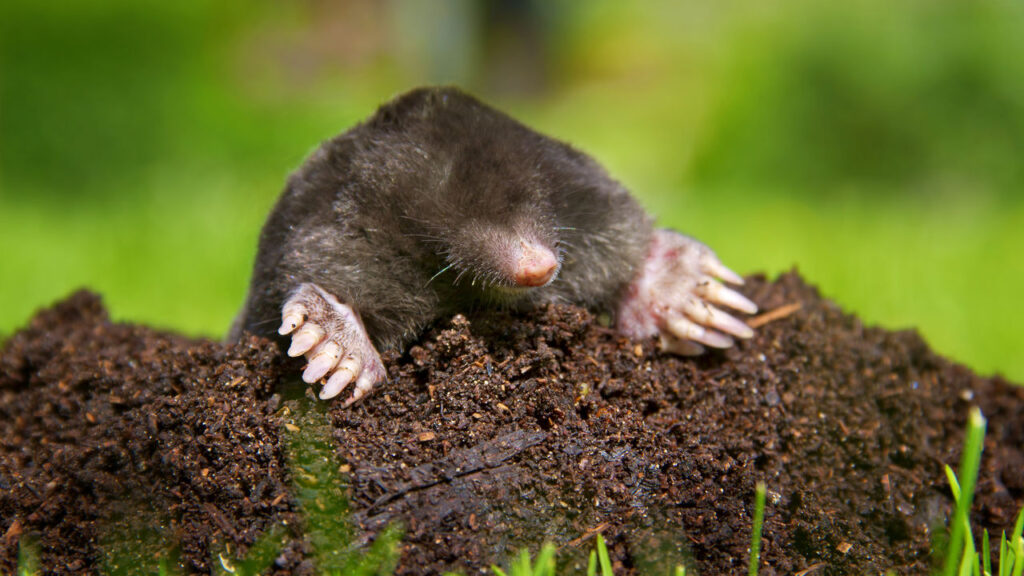In the tranquil realm of our gardens, a hidden world of intricate ecosystems and diverse creatures exists, often overlooked by the hurried pace of human life. These microcosms, although diminutive in size, play a vital role in maintaining the delicate balance of nature. Within this miniature wilderness, an array of animal habitats unfurl, showcasing the fascinating coexistence of wildlife in our midst.
The Avian Abode: Nests Among the Branches
 One of the most enchanting sights in any garden is the bustling activity around bird nests. These woven wonders, carefully constructed using twigs, leaves, and other natural materials, serve as sanctuaries for avian life. Songbirds, sparrows, and robins, among others, craft these homes in well-hidden nooks, high branches, or the shelter of shrubbery. The careful selection of nesting sites reflects the birds’ adaptations to their environment—seeking safety from predators and weather while providing easy access to food sources. Birdhouses thoughtfully placed within gardens further support these avian habitats, inviting them to weave their tales of life and song.
One of the most enchanting sights in any garden is the bustling activity around bird nests. These woven wonders, carefully constructed using twigs, leaves, and other natural materials, serve as sanctuaries for avian life. Songbirds, sparrows, and robins, among others, craft these homes in well-hidden nooks, high branches, or the shelter of shrubbery. The careful selection of nesting sites reflects the birds’ adaptations to their environment—seeking safety from predators and weather while providing easy access to food sources. Birdhouses thoughtfully placed within gardens further support these avian habitats, inviting them to weave their tales of life and song.
Beneath the Foliage: Insect Havens
The world beneath our feet is alive with myriad insects, each playing a crucial role in the garden ecosystem. From industrious ants constructing underground colonies to earthworms diligently aerating the soil, insects are the unsung heroes of our gardens. Leaf litter, decaying logs, and crevices in tree bark offer these creatures not just shelter, but also a fertile ground for their activities. Ladybugs and lacewings, often recognized as natural pest controllers, lay their eggs near aphid-infested plants, effectively employing nature’s balance to combat infestations.
The Amphibian Refuge: Ponds and Puddles
For amphibians like frogs, toads, and salamanders, gardens with water features are akin to an oasis. Ponds, puddles, and even birdbaths act as amphibian watering holes, attracting these creatures with their life-sustaining resource. Dense vegetation and rocks around these water bodies provide hiding spots, shelter from the sun’s heat, and sites for laying eggs. As gardeners, fostering these wet habitats by minimizing chemical use and providing shallow areas for amphibians to thrive can contribute significantly to the local ecosystem’s health.
Mammalian Dwellings: Secretive Havens
Even in urban gardens, some mammals find refuge within the nooks and crannies of the landscape. From shrews and mice to squirrels and rabbits, these creatures often construct nests in the safety of thick vegetation or hidden corners. Hollowed tree trunks and shrubs create ideal homes for small mammals seeking shelter from the elements and predators. Providing nesting materials, such as leaves, twigs, and even discarded fur or hair, can encourage these garden residents to make their abode amidst the flora.
The Pollinator Paradise: Flower Havens
Perhaps one of the most visually captivating habitats in a garden is the lush domain of flowers and check here now https://tier-im-garten.de. Beyond their aesthetic appeal, flowers serve as essential stations for pollinators like bees, butterflies, and hummingbirds. The intricate dance of these creatures among the petals ensures the fertilization of plants, leading to fruit and seed production. By cultivating a diverse array of flowering plants, gardeners can create a haven that not only supports pollinators but also enhances the vibrancy and vitality of the entire garden.
